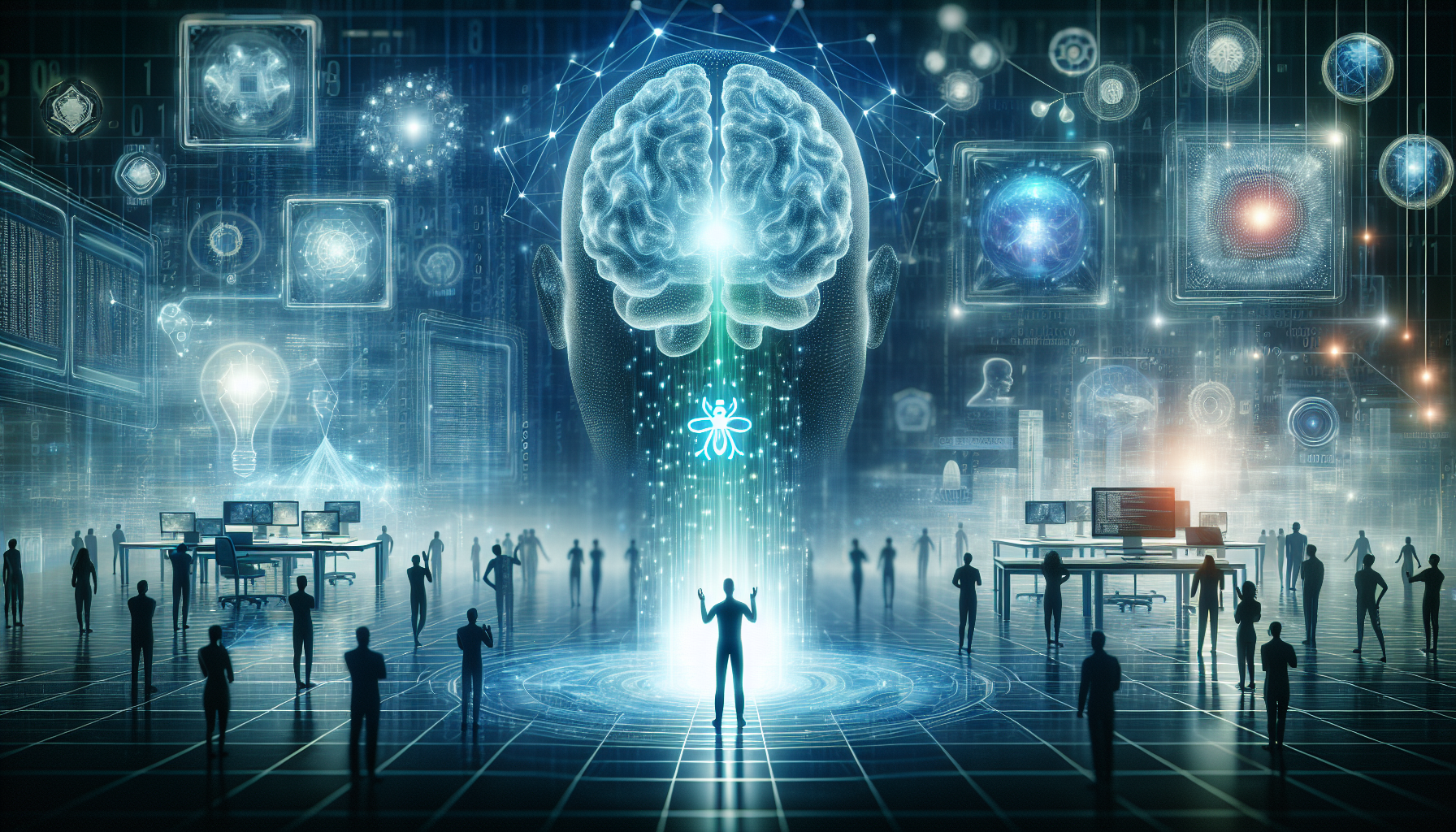
Microsoft’s AI Advancement: Unveiling MAI-Image-1
Microsoft is making noteworthy progress in artificial intelligence by crafting its own in-house AI models, lessening its dependency on OpenAI. The newest addition to its AI toolkit is MAI-Image-1, an internally-created image-generating AI model aimed at delivering photorealistic images with natural lighting and scenery.
MAI-Image-1: A New Chapter in Image Generation
MAI-Image-1 signifies Microsoft’s initial venture into developing an image-generating AI model. Currently undergoing testing on LMArena, it is set to be incorporated into Copilot and Bing Image Creator shortly. This model excels at producing photorealistic outcomes, establishing itself as an effective tool for a variety of uses, spanning from digital art to marketing.
The Transition from OpenAI
This advancement is a part of Microsoft’s continuous strategy to enhance its own AI proficiency. During the summer, Microsoft launched its first two internally trained models, MAI-Voice-1 and MAI-1-preview, marking a departure from its longstanding collaboration with OpenAI. Mustafa Suleyman, head of Microsoft’s AI branch, underscored the company’s dedication to a comprehensive five-year plan, suggesting a future rich with innovative AI offerings.
Microsoft’s AI Strategy
Microsoft’s AI strategy is ambitious, aiming to consistently unveil new models and technologies. This strategic initiative not only bolsters Microsoft’s AI inventory but also establishes the company as a frontrunner in AI advancements. By investing in proprietary AI models, Microsoft seeks to provide more cohesive and tailored solutions for its users.
The Future of AI at Microsoft
The launch of MAI-Image-1 is merely the start. Microsoft’s commitment to AI is projected to lead to the development of more sophisticated models and technologies, further reinforcing its position within the AI domain. As the company persists in its innovative efforts, users can expect increasingly seamless and powerful AI-driven interactions across Microsoft’s platforms.
Conclusion
Microsoft’s creation of MAI-Image-1 signifies a major milestone in its quest for AI autonomy. By concentrating on in-house AI models, Microsoft is not only boosting its technological skills but also clearing the path for future innovations. As the company diligently follows through on its five-year strategy, the tech community eagerly anticipates the forthcoming advancements in AI from Microsoft.
Q&A Section
Q1: What is MAI-Image-1?
A1: MAI-Image-1 is Microsoft’s inaugural internally-developed image-generating AI model, crafted to generate photorealistic images with natural lighting and scenery.
Q2: Why is Microsoft moving away from OpenAI?
A2: Microsoft is creating its own AI models to bolster its technological capabilities and provide more integrated solutions, minimizing its dependency on external collaborations like OpenAI.
Q3: What are the future plans for MAI-Image-1?
A3: Microsoft intends to integrate MAI-Image-1 into its Copilot and Bing Image Creator platforms, broadening its applications and accessibility for users.
Q4: How does MAI-Image-1 compare to other image-generating AI models?
A4: MAI-Image-1 is particularly recognized for its capacity to produce photorealistic images, making it a competitive candidate in the image-generating AI arena.
Q5: What other AI models has Microsoft developed recently?
A5: Alongside MAI-Image-1, Microsoft has introduced MAI-Voice-1 and MAI-1-preview as part of its initiative to cultivate a robust AI collection.
Q6: What is Microsoft’s AI roadmap?
A6: Microsoft has established a five-year roadmap emphasizing the development and introduction of innovative AI models and technologies, with the goal of taking a leadership role in the AI sector.